Dr Raj Persaud
ASIANS are more likely to die from Covid-19 compared with other ethnic groups, yet according to the Royal Society for Public Health (RSPH), only 57 per cent of people from black, Asian and minority ethnic (BAME) backgrounds are presently likely to accept a vaccine.
Compared to 79 per cent of white respondents; confidence was lowest in Asians, with 55 per cent likely to agree to take the jab, RSPH data showed.
Ethnic minorities also distrusted previous vaccines – the human papilloma virus (HPV) vaccine and the flu jab had much lower take-up among ethnic minorities. Influenza vaccination rates across the whole of Asia are low, compared to the west.
The media speculation as to why there is such widespread ‘vaccine hesitancy’ in Asians, seems to centre on a supposed tendency for those from ethnic minority backgrounds to favour more alternative or herbal remedies, from their traditional backgrounds, and so reject western medicine.
But the vaccine scepticism of Asians is also be a symptom of a deeper more fundamental mindset difference about trust in general. Ethnic minorities have been shown again and again in various scientific studies of western societies to have much less confidence in others, including institutions and other people, significantly less than the majority ethnic group, or white people.
Asians don’t just trust vaccines less; they have less trust in practically everything.
Trust is about the belief that you can count on others, particularly in predicaments where betrayal is possible. The rise of CCTV coverage, for example, means we increasingly rely on the chances of being caught on camera persuading our community to behave, as opposed to believing them to do the right thing even if they could shaft us.
Studies keep finding that trust is in inexorable decline in western societies over time, averaging a decline of 0.5 percentage points annually, which means that over 50 years, trust in each other has dropped by a quarter.
Sandra Susan Smith, a professor of criminal justice, at Harvard University, recently showed in her research that the three most powerful determinants of trust are education level: the more educated tend to trust more; age: older people tend to trust more; and race. Of all of these, race is the most powerful of all in determining how much you trust others as explained in her study entitled Race and Trust and published in the Annual Review of Sociology. Ethnic minorities trust less.
Just how powerful race is in explaining trust levels is the finding that in the US, trust among the wealthiest black people was similar to levels of trust expressed by the poorest whites.
Ethnic minorities are believed to trust so little in comparison with whites because of the bruising and repeated experience of discrimination. This makes it difficult for them to have faith in others, but they do tend to trust members of their community more.
This tendency to be somewhat mistrusting may have been transformed into a secret strength in the community. Asian children outperformed other ethnic groups educationally because their parents pushed them with the threat that to get a job in a prejudiced society, they would have to be significantly better than the competition.
Asians also often choose to be entrepreneurs and run their own businesses rather than work for others, as they placed little confidence in working their way up through office politics. There wasn’t going to be fair treatment or promotion from managers not of their ethnicity.
Now, however, the problem is that this lack of trust may be coming back to haunt the Asian community – if widespread distrust of the vaccine leads to poor take up and therefore continued higher mortality rates.
The inherent problem of being suspicious of the outside world and as a result remaining insular and self-contained, is that it deprives you of learning opportunities to figure out who and when to trust. If you only ever work for yourself or go for job interviews with far and away the best qualifications, you never find out if you could have trusted the outside world, so mistrust becomes a self-fulfilling prophecy which never gets dispelled.
So, for instance, if you never lend anyone money, because you just assume no one is ever going to pay you back as you don’t trust anyone, then you never learn who you can lend to, and who you can’t.
Trusting is a journey in which from time to time you will get burnt, but as a result you’ll learn more about how to navigate the murky waters of trust. It is only by dipping your toe in the choppy waters of intimate relationships, for example, you learn who is trustworthy and who isn’t.
This is possibly why older people trust more – it’s just that they have learned through hard experience under what conditions to trust reliably. If you never believe in anyone, you never grasp who to trust. Then you remain within a very insular circumscribed world as a result. Many Asians, despite having made the UK their home, remain surprisingly cut off from it, because of this deep tendency to be suspicious of outsiders.
If mistrust means you never take the first step into the unknown then how to break this cycle?
The company which pioneered the Pfizer vaccine, BioNTech, has as its CEO, Dr Ugur Sahin, who was born in Turkey and immigrated to Germany, where he is professor of experimental oncology, and now one of the country’s top 100 wealthiest people, worth more than $5 billion. His wife, Ozlem Tureci, co-founder and chief medical officer of BioNTech, was born in Germany, but from Turkish parents. This tendency to marry others from the same ethnic background in first generation immigrants may have something to do with mistrust of the host community.
As an Asian if you don’t trust much, you may at least believe in the excellence and hard work that could lie behind these two exemplars of immigrant success. You just took part in an informal psychology experiment – so now that you know the origin of this vaccine has something to do with immigrants, has that changed how much you trust the jab?
Dr Raj Persaud is a consultant psychiatrist and Emeritus visiting Gresham professor for public understanding of psychiatry.






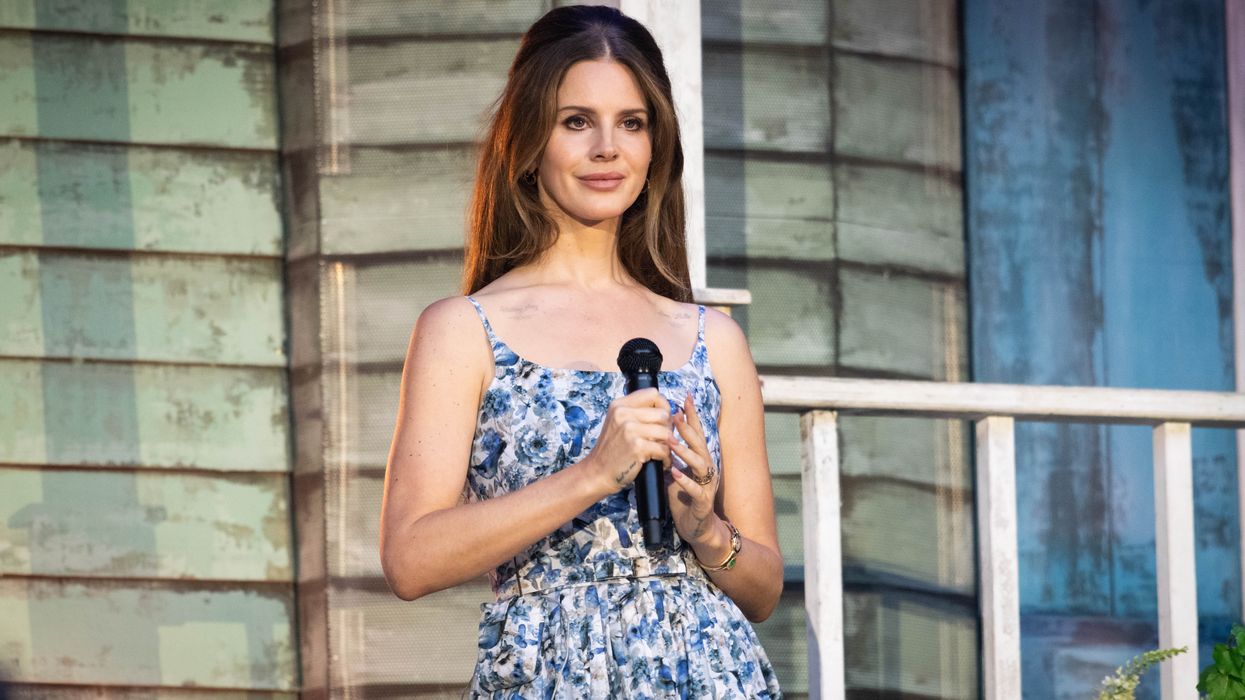
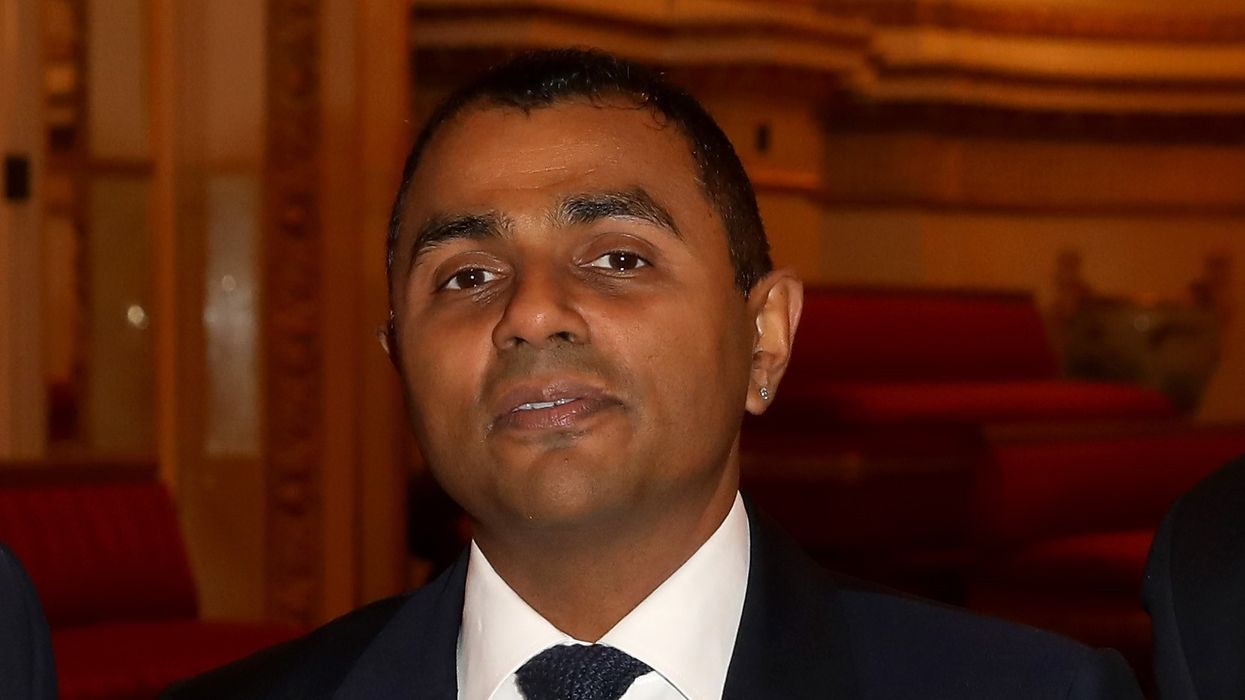
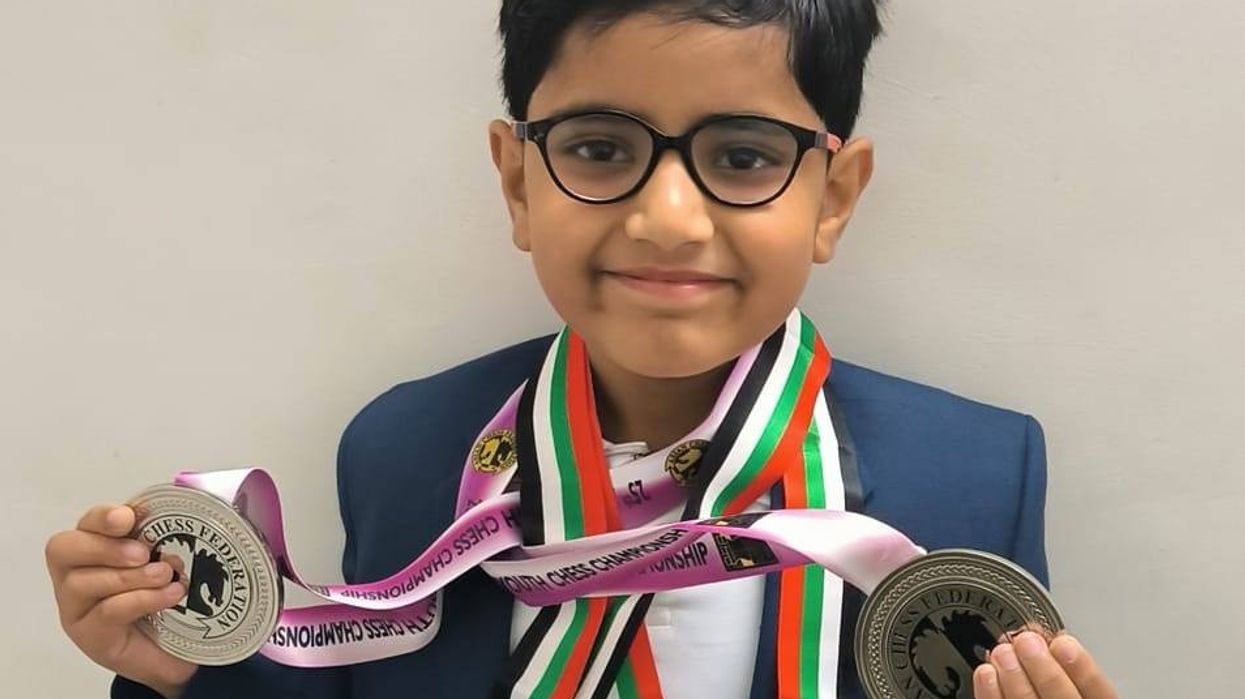
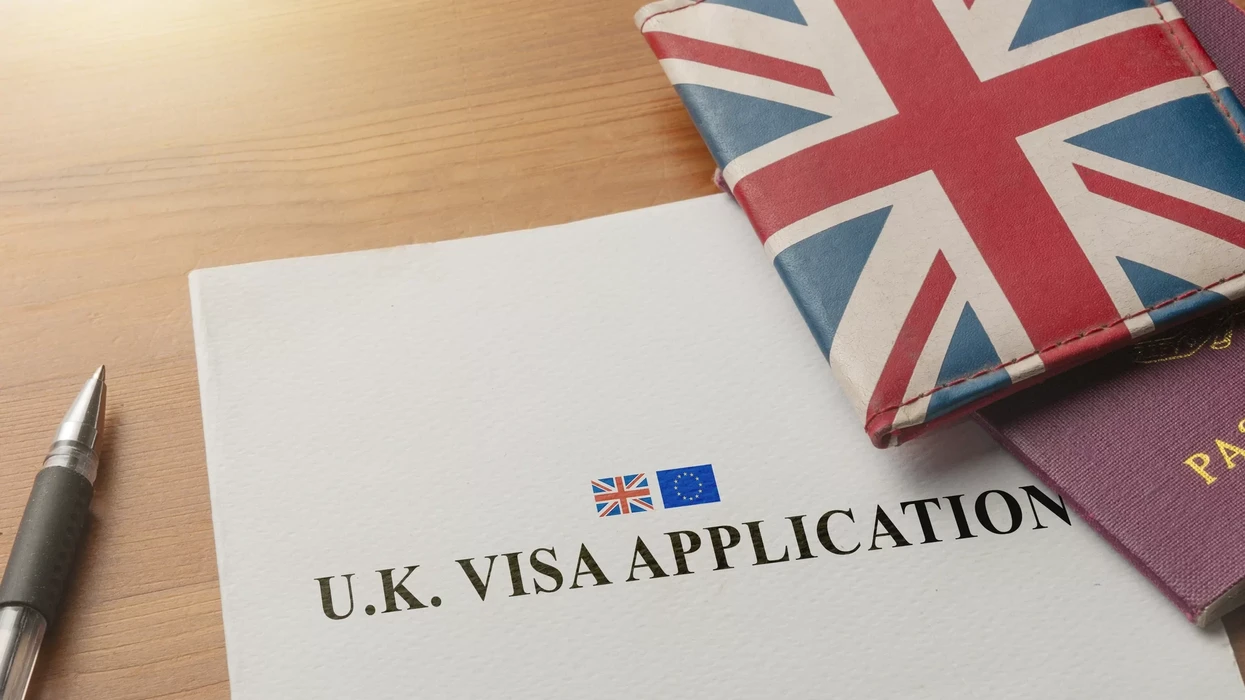
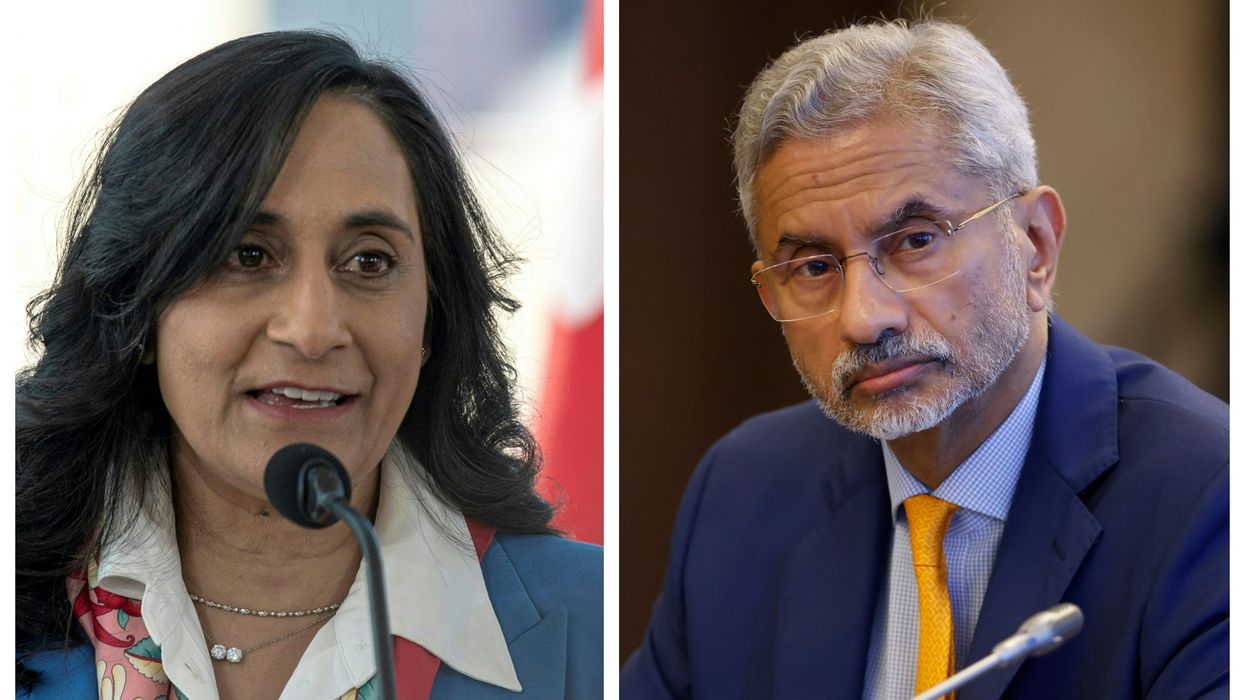
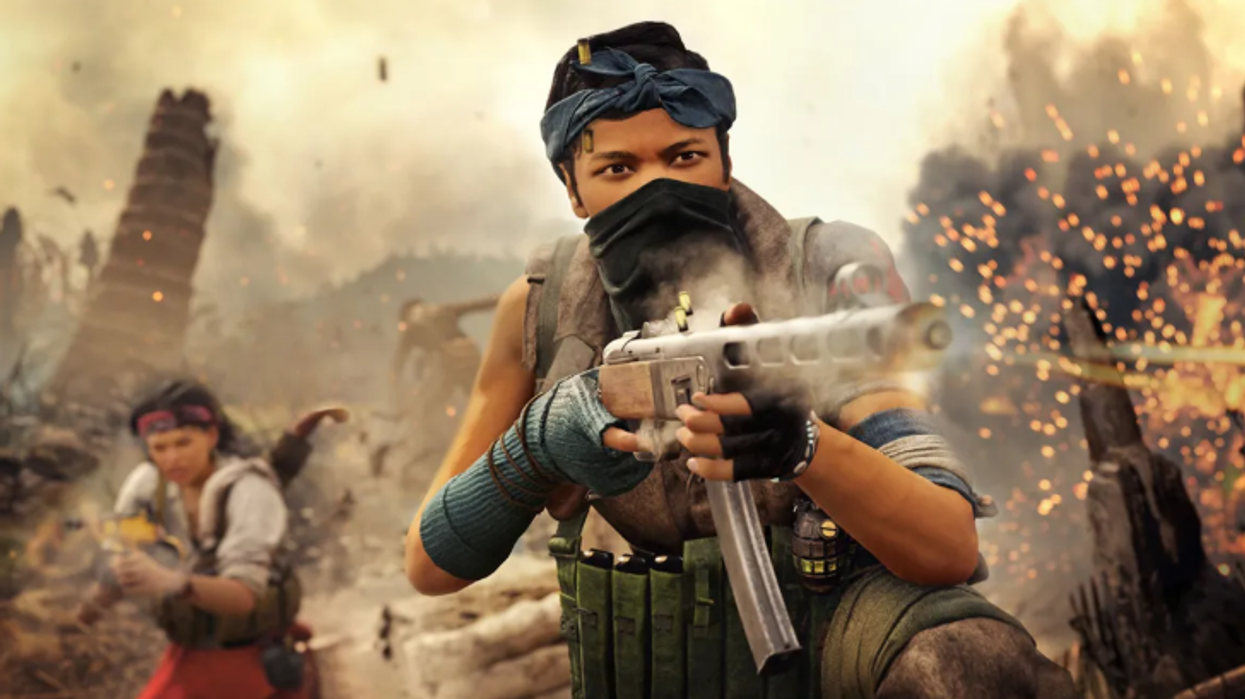

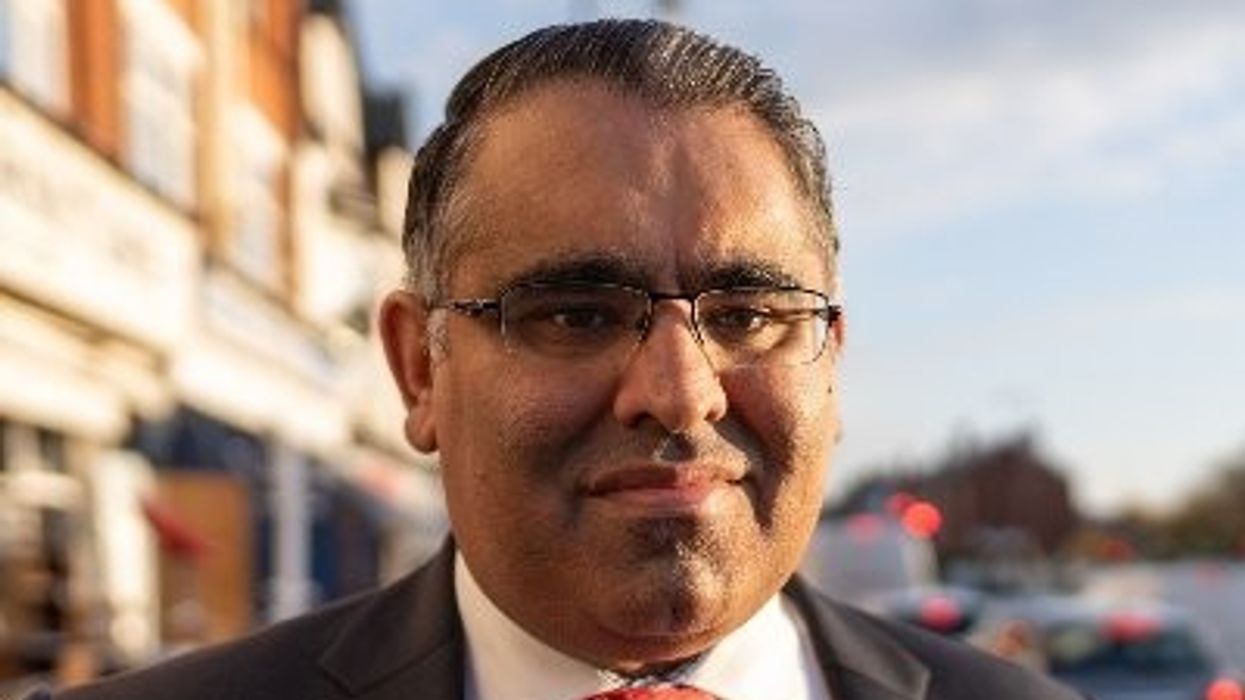

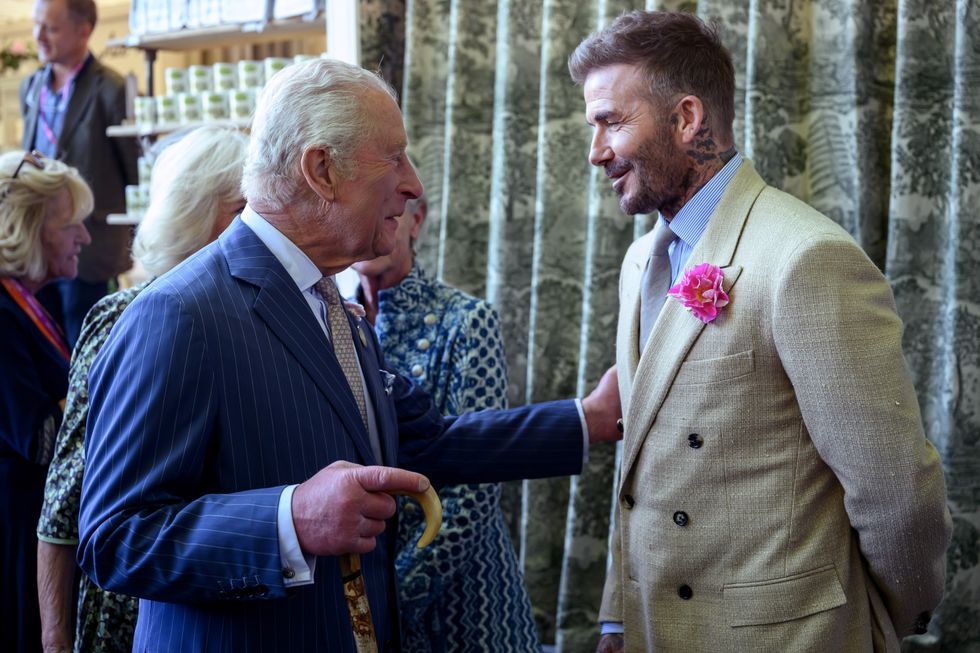 David Beckham wearing a David Austin Roses "King's Rose" speaks with King Charles III during a visit to the RHS Chelsea Flower Show at Royal Hospital Chelsea on May 20, 2025Getty Images
David Beckham wearing a David Austin Roses "King's Rose" speaks with King Charles III during a visit to the RHS Chelsea Flower Show at Royal Hospital Chelsea on May 20, 2025Getty Images

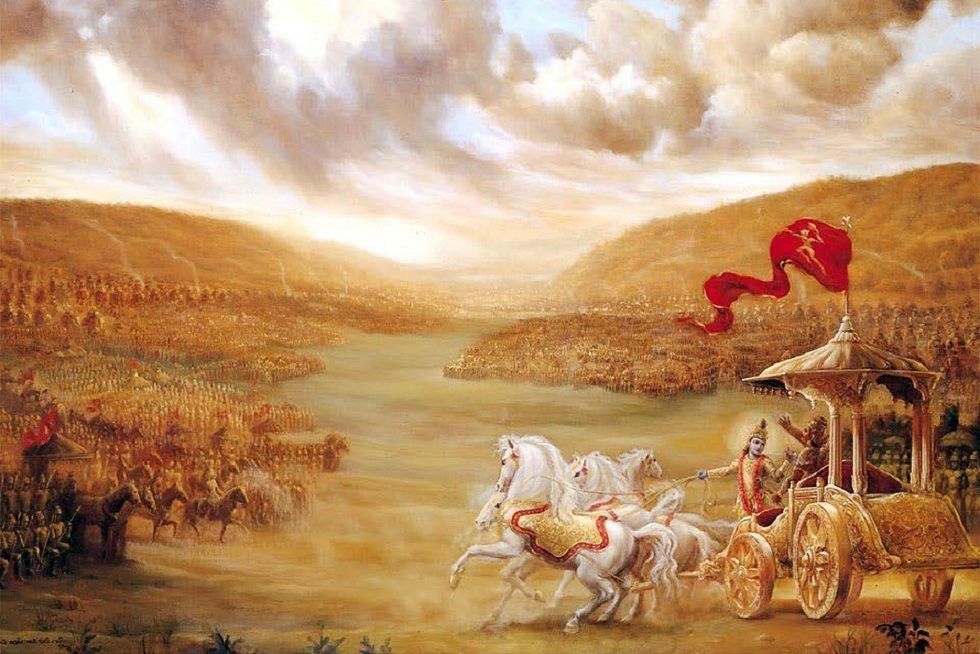 Kurukshetra battlefield illustration
Kurukshetra battlefield illustration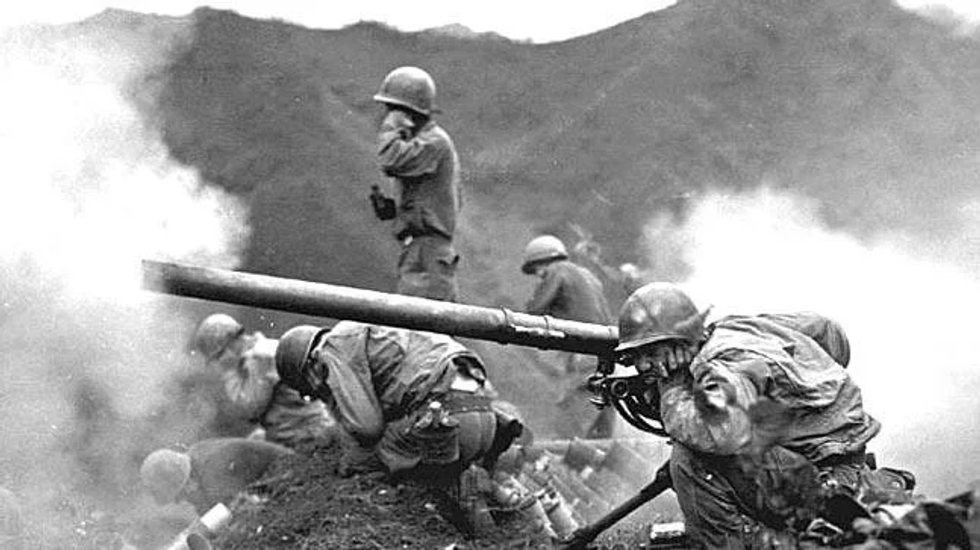
 Chanakya
Chanakya 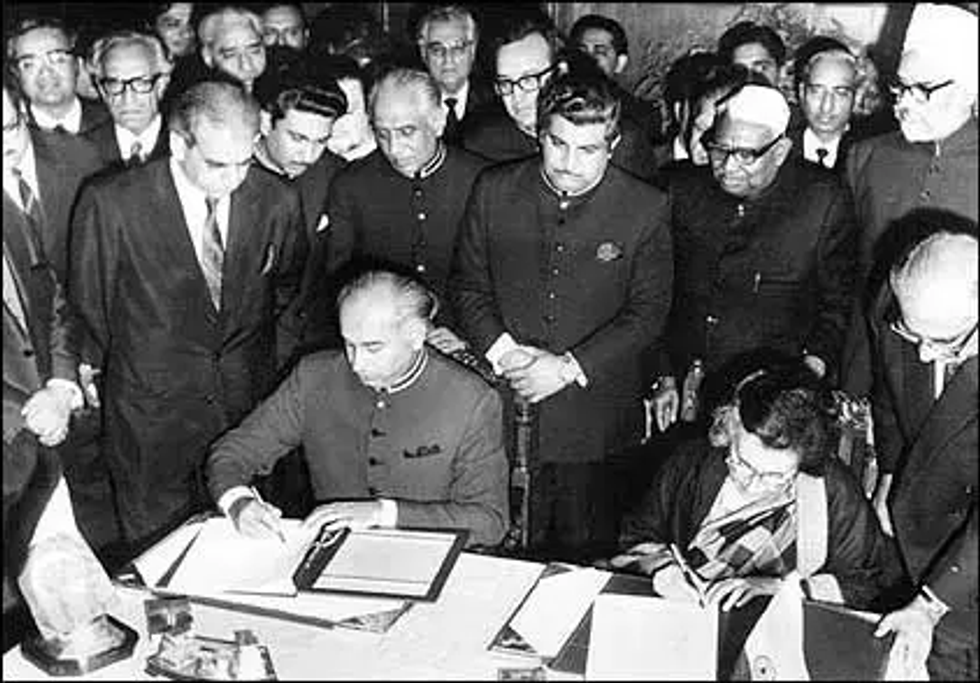 Shimla Agreement
Shimla Agreement Kargil War 1999
Kargil War 1999
Asian trust issues ‘much wider than just vaccine’